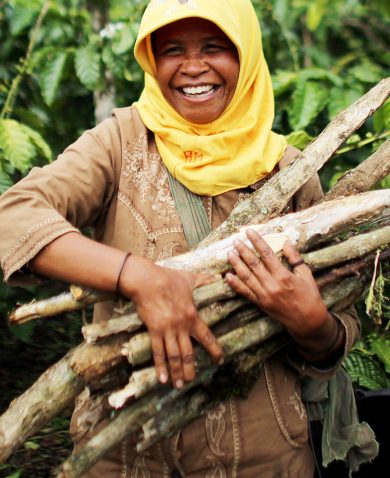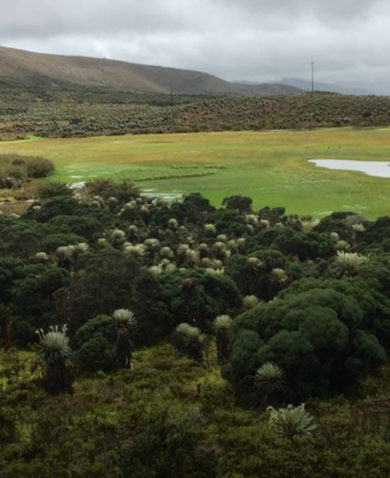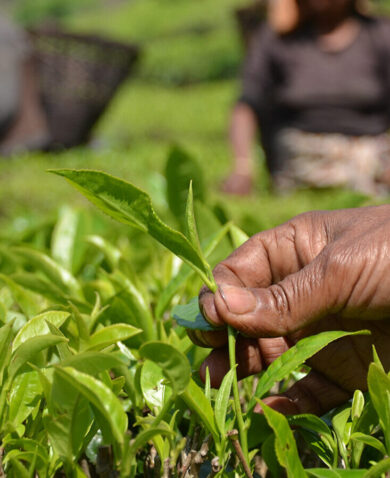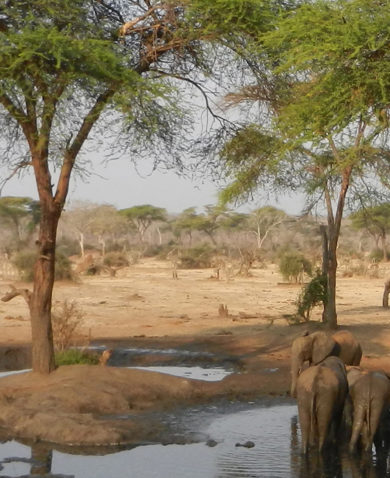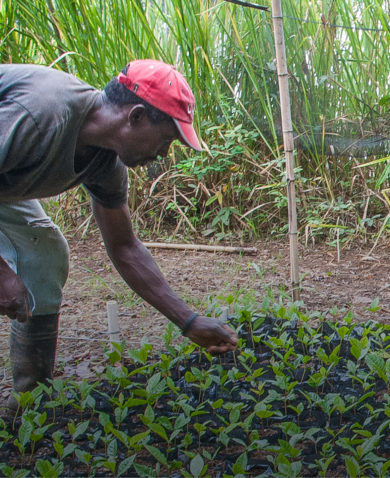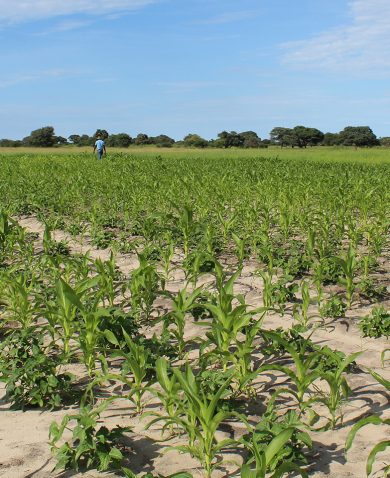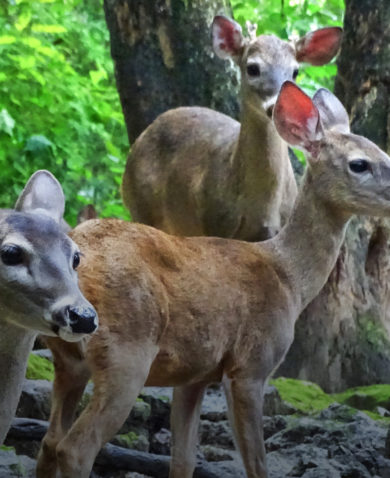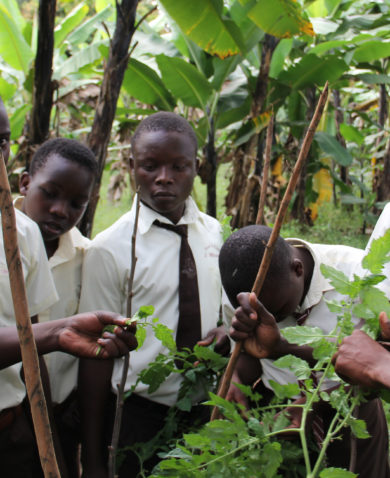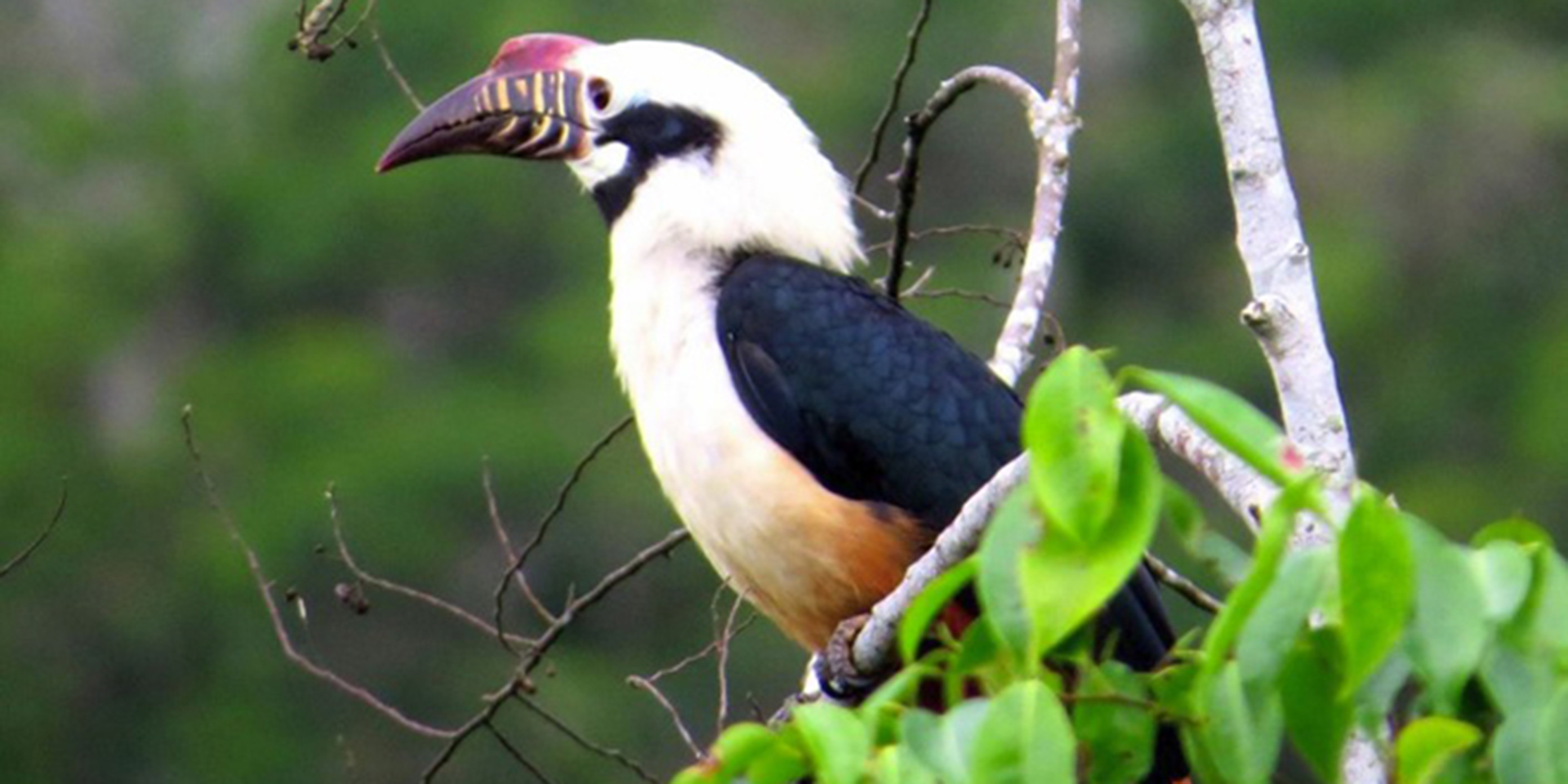
Meet 3 Animals that Tell Us About the Health of the Philippines’ Forests
July 20, 2016 | 4 Minute ReadThe Visayan hornbill is one of several forest-dependent species whose presence is an indication of good forest health in the Philippines. Photo: Noel Labutap (USAID/B+WISER)
Some animals that depend on the forest tell us a great deal about the health of their environment and the effectiveness of efforts to preserve it. In the Philippines, environmentalists and government officials are using a new system called the LAWIN Forest and Biodiversity Protection System to monitor the state of forests in an unprecedented way – among other things, collecting data on the presence of forest-dependent species.
The Philippines’ vanishing forests
Like many developing countries, the Philippines has seen a rapid decline in forest cover in recent decades. Every missing tree deprives urban and rural communities of cleaner air, sustainable access to water, and livelihoods. Every missing tree also deprives forest animals of a home to live in. The Philippine government has invested in conservation efforts for a long time. The focus, however, has been on generating wildlife inventories that rarely informed resource managers on the state of the forest. Adding to the challenge, the pen-and-paper procedure for collecting this data was cumbersome, requiring manual transcription into a computer before analysis could take place. All of this kept conservation efforts from reaching their full potential.
National adoption of the LAWIN Forest and Biodiversity Protection System
In March 2016, the Philippine government adopted a new system nationally that built on the inventory-focused system to address these challenges. Named after the Philippine hawk eagle, the LAWIN Forest and Biodiversity Protection System was developed by USAID’s Biodiversity and Watersheds Improved for Stronger Economy and Ecosystem Resilience (B+WISER) program and the Philippines Department of Environment and Natural Resources. It allows forest rangers to regularly record observations on forest conditions, threats to the forest, forest regeneration, and forest-dependent species on an Android tablet. The data can be analyzed and visualized within minutes for decision-makers to inform, for example, a decision to focus protection efforts in an area where there is a heavy concentration of observed threats.
LAWIN data on forest-dependent species reveals trends in forest health
The logic behind using LAWIN to track forest-dependent species, among these other factors, is simple. Certain animals need healthy forests to survive. Their presence in a given area therefore indicates good forest conditions and the effectiveness of conservation efforts. By tracking no more than 15 forest-dependent species per conservation area, resource managers and forest rangers can learn a great deal about whether the forest is being degraded, maintained, or improved.
The species being monitored with LAWIN are diverse, but they have a few traits in common. They are active during the day and easy to spot directly based on their distinctive markings. They can also be observed indirectly through their calls, nests, tracks, roosting sites and other evidence of their presence. Most importantly, they are not dangerous to humans. (After careful consideration, we just didn’t feel right about asking rangers track down venomous snakes in the middle of the night.)
Below are just a few of these animals that tell us about the health of the forest:
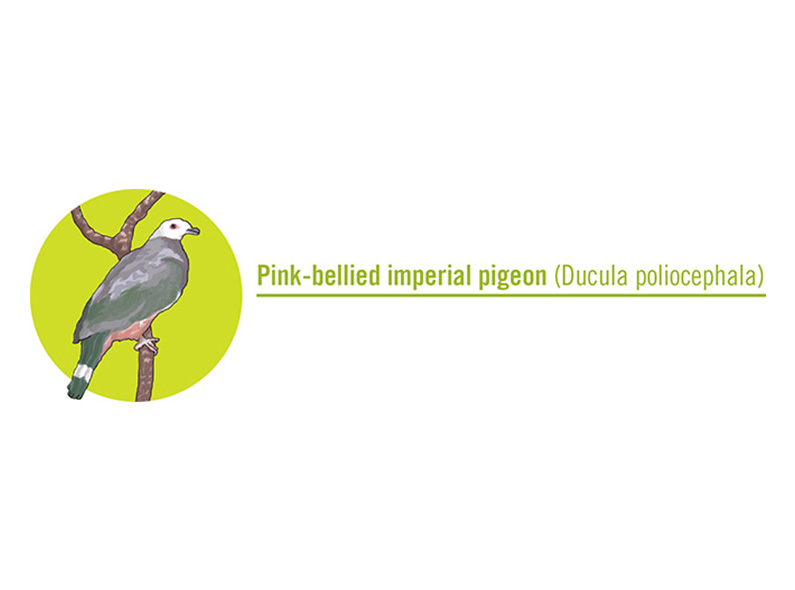
If you see this bird or hear its call, you are most likely in a lowland forest in the Philippines. The shy, fruit-eating bird is found most often in primary and old secondary growth forests. It forages in the canopy in less disturbed second growth and virgin forest either alone or in small groups. Its loud booming call travels long distances in the forest and is easy for forest rangers to record as an indirect observation of the bird’s presence. The population of the pink-bellied pigeon has long been in decline due to hunting and loss of its forest habitat. Therefore, the IUCN categorized it as near threatened species.
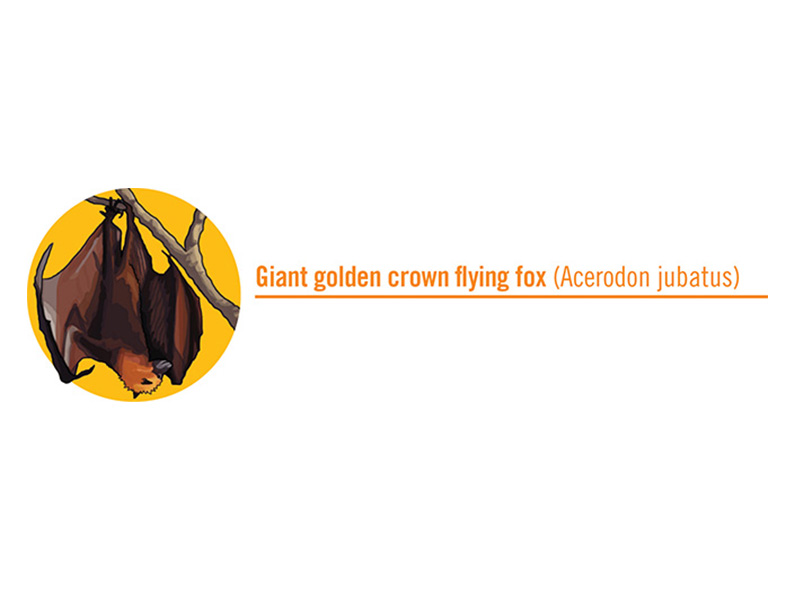
The presence of this bat indicates a healthy forest and good forest regeneration. A sweet-tooth when it comes to food, the bat indulges in fruits that typically grow in the forest. Its eating habits have a positive side effect: spitting the seeds from the fruits it helps in the pollination process. Weighing up to 2.6 pounds and with a maximum wingspan of almost 6 feet, the giant golden crown flying fox is a true heavyweight in the bat world. This megabat is one of the largest in the world, making it easy for forest rangers to spot it. Like the pink-bellied imperial pigeon, it’s endemic to the Philippines. The flying foxes roost on trees in dipterocarp forests in very large colonies which, unfortunately, makes hunting them quite easy. It is categorized by the IUCN as endangered.

Another bird that tells us that we are in a healthy forest is the Visayan hornbill. Found only in the Philippines, the Visayan hornbill lives in the rain forests of Panay, Negros, Masbate, and Guimaras. It inhabits primary, evergreen, dipterocarp forest up to an altitude of 1,100 meters (3,600 feet), sometimes wandering to secondary forest or isolated fruiting trees. Fruit makes up the bulk of the diet. When it comes to choosing nesting sites, the Visayan hornbill prefers tall trees. This bird is easier than many to locate because of its distinctive voice. However, as so many of his fellow forest friends, it is on IUCN’s list of endangered species due to hunting and deforestation.
Data for smarter conservation
We need to do a better job of protecting our planet’s forests and their inhabitants. Using data in smart ways is critical to achieving that goal. For the LAWIN system, regularly recording and analyzing the presence of forest dependent species is one of the smart ways to protect the forests and their biodiversity. An upward or downward trend in the presence of forest-dependent species gives decision-makers an insight into the forest’s condition and, along with other indicators and helps them to make smart decisions on where to focus conservation efforts.









